Home>Furniture>Outdoor Furniture>What Size Fan For Patio
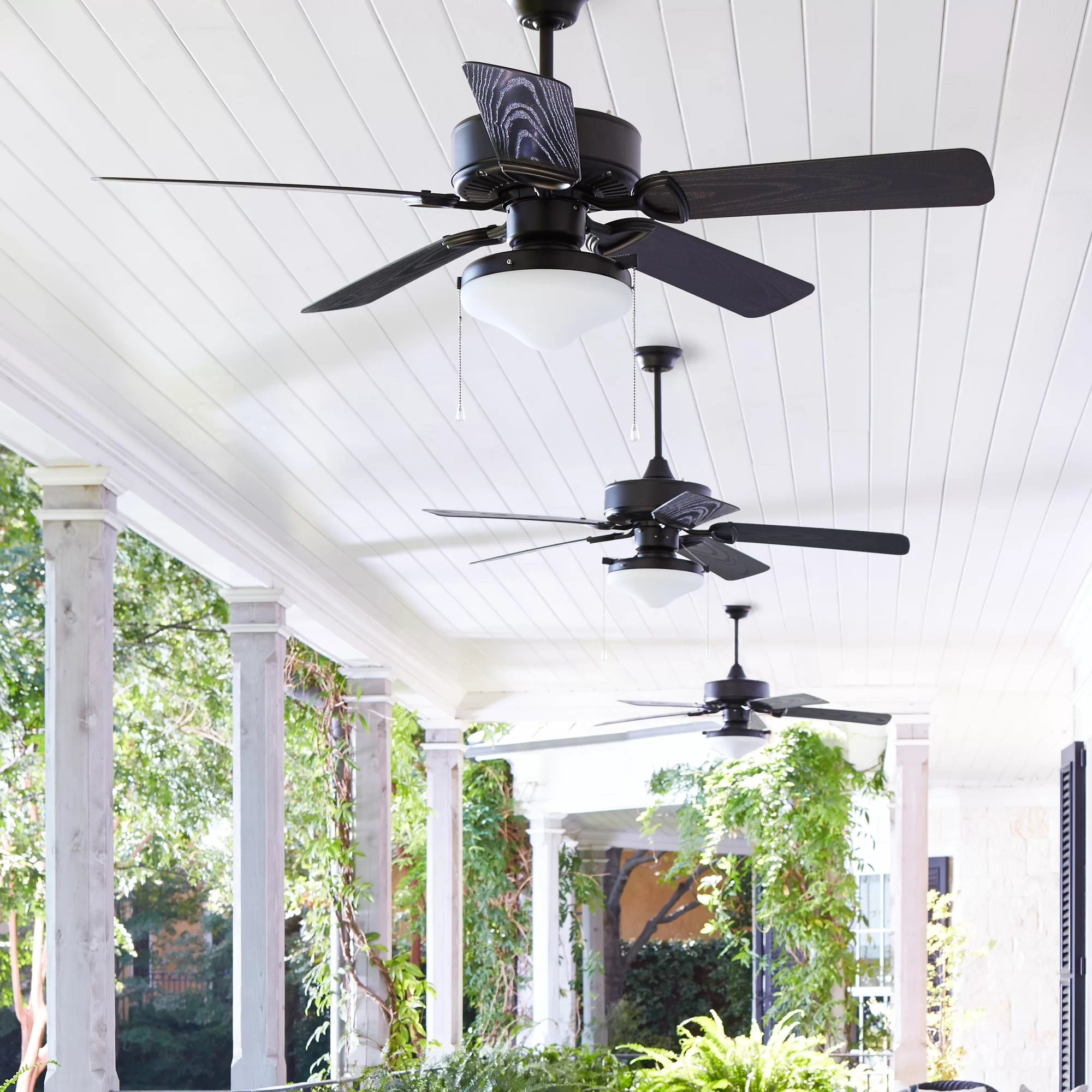

Outdoor Furniture
What Size Fan For Patio
Modified: March 15, 2024
Find the perfect outdoor furniture for your patio with our helpful guide. Discover what size fan is best suited for your outdoor space.
(Many of the links in this article redirect to a specific reviewed product. Your purchase of these products through affiliate links helps to generate commission for Storables.com, at no extra cost. Learn more)
Introduction
When it comes to creating a comfortable outdoor space, having a fan on your patio can make a remarkable difference. A patio fan not only helps to circulate the air and keep you cool during those hot summer days, but it also adds an aesthetic appeal to your outdoor furniture setup. However, it’s essential to select the right size fan for your patio to ensure optimal airflow and performance.
Choosing the correct size fan for your patio involves considering various factors, including the size of your patio area, the ceiling height, and personal preferences. This article will guide you through the process of determining the appropriate fan size for your patio and provide some recommendations for different patio areas.
Before we dive into the details, it’s important to note that the size of the fan refers to the diameter of the fan blades. The larger the fan, the more air it can move. So, selecting the right size fan will ensure adequate air circulation and maximum comfort.
Factors to Consider:
- Patio Size: The size of your patio will play a significant role in determining the appropriate fan size. A larger patio will require a fan with a bigger blade diameter to effectively circulate the air throughout the space.
- Ceiling Height: The height of your patio ceiling is another important factor to consider. Higher ceilings may require a fan with longer downrods to maintain optimal airflow. On the other hand, lower ceilings will require flush-mounted or low-profile fans to avoid any clearance issues.
- Wind Speed: If you live in an area with a lot of wind or have natural breezes on your patio, you may be able to opt for a smaller fan size. However, if your patio is sheltered or lacks natural wind movement, you may need a larger fan to generate sufficient airflow.
- Aesthetic Considerations: Lastly, consider the overall design and style of your patio. You may want to choose a fan that complements your outdoor furniture and matches the aesthetic of your outdoor space.
Determining the Size of the Fan:
To calculate the appropriate fan size for your patio, you can use a simple guideline based on the square footage of your patio:
For patio areas up to 150 square feet: A fan with a blade diameter between 36 to 42 inches should suffice.
For patio areas between 150 to 300 square feet: Opt for a fan with a blade diameter of 44 to 52 inches.
For patio areas larger than 300 square feet: Consider a fan with a blade diameter of 54 inches or more for optimal air circulation.
It’s important to note that these guidelines are just a starting point. You can adjust the fan size based on the specific factors mentioned earlier, such as ceiling height, wind speed, and personal preference.
Key Takeaways:
- Choose the right fan size for your patio by considering its dimensions, ceiling height, wind conditions, and style preferences to ensure optimal airflow and comfort.
- Follow manufacturer’s installation instructions, maintain the fan regularly, and consider adding a fan speed control for a refreshing and enjoyable outdoor experience.
Read more: What Size Fan For Outdoor Patio
Factors to Consider
When selecting the right size fan for your patio, there are several factors that you should take into consideration. These factors will help ensure that you choose a fan that not only fits the size of your patio but also meets your specific needs and preferences. Let’s take a closer look at these factors:
- Patio Size: The size of your patio plays a crucial role in determining the appropriate fan size. A larger patio will require a fan with a bigger blade diameter to effectively circulate the air. Consider measuring the dimensions of your patio area to get an accurate estimate of the size of the fan you’ll need.
- Ceiling Height: The height of your patio ceiling is another important consideration. Higher ceilings may require a fan with longer downrods to ensure optimal airflow. On the other hand, if you have a lower ceiling, you’ll need a fan that is either flush-mounted or has a low-profile design to avoid any clearance issues.
- Wind Speed: Take into account the prevailing wind conditions in your area. If you have a patio that is exposed to strong winds or if you live in a naturally breezy location, you may be able to go with a smaller fan size. However, if your patio is sheltered, you’ll need a larger fan with more power to generate sufficient airflow.
- Aesthetic Considerations: The design and style of the fan should match the overall aesthetic of your patio. Consider the color, finish, and overall design of the fan to ensure it complements your outdoor furniture and enhances the visual appeal of your patio space.
Keep in mind that these factors are not necessarily mutually exclusive, and they can influence one another. For example, if you have a large patio with a high ceiling and limited wind movement, you may need to choose a larger fan size to compensate for the lack of natural airflow.
By considering these factors and finding the right balance, you’ll be able to select a fan size that meets your patio’s specific requirements and provides you with the desired level of comfort.
Determining the Size of the Fan
When it comes to determining the size of the fan for your patio, there are a few guidelines that you can follow. These guidelines are based on the square footage of your patio area and will help you select a fan with the appropriate blade diameter. Here’s how you can determine the size of the fan:
1. Measure the Square Footage: Start by measuring the length and width of your patio area in feet. Multiply these two dimensions to calculate the square footage. For example, if your patio is 10 feet long and 12 feet wide, the total square footage would be 120 square feet.
2. Use the Square Footage Guidelines:
- For patio areas up to 150 square feet: A fan with a blade diameter between 36 to 42 inches should suffice. This size range is ideal for small to medium-sized patios and provides adequate airflow for comfortable outdoor living.
- For patio areas between 150 to 300 square feet: Opt for a fan with a blade diameter of 44 to 52 inches. This size range works well for medium-sized patios and ensures optimal air circulation in larger outdoor spaces.
- For patio areas larger than 300 square feet: Consider a fan with a blade diameter of 54 inches or more for optimal air circulation. This larger size is suitable for spacious patios and will provide sufficient airflow to keep the entire area cool and comfortable.
It’s important to note that these guidelines are not set in stone and can be adjusted based on other factors, such as ceiling height, wind speed, and personal preference. For example, if you have a high ceiling or experience strong winds on your patio, you may want to choose a slightly larger fan size to compensate for these factors.
Additionally, it’s worth considering the number of fans you may need for your patio. While one fan may be sufficient for smaller areas, larger patios may benefit from multiple fans strategically placed to ensure uniform airflow.
By using the square footage guidelines and considering other influencing factors, you can determine the appropriate size of the fan for your patio. This will enable you to select a fan that not only fits the dimensions of your outdoor space but also provides optimal airflow and comfort.
When choosing a fan for your patio, consider the size of the space. For a small patio, a fan with a 42-inch blade span should suffice. For larger areas, opt for a fan with a 52-inch or larger blade span for better air circulation.
Recommended Fan Sizes for Different Patio Areas
To help you make an informed decision, here are some recommended fan sizes based on different patio areas. Keep in mind that these suggestions are a general guide, and you may need to adjust them based on the specific factors mentioned earlier:
- Small to Medium-sized Patios: For patio areas up to 150 square feet, a fan with a blade diameter between 36 to 42 inches is recommended. This size is suitable for cozy spaces and will provide adequate airflow to keep you cool during warm summer days.
- Medium-sized Patios: For patio areas between 150 to 300 square feet, opt for a fan with a blade diameter of 44 to 52 inches. This size range is ideal for medium-sized patios and offers optimal air circulation to ensure a comfortable outdoor experience.
- Large Patios: If your patio is larger than 300 square feet, consider a fan with a blade diameter of 54 inches or more. A larger fan size will help circulate air efficiently throughout the expansive space and maintain a cool and comfortable environment.
Remember that these recommendations are based on the assumption of an average ceiling height. If you have a higher ceiling, you may want to consider using fans with longer downrods to maintain optimal airflow. On the other hand, if your patio has a lower ceiling, look for fans that are flush-mounted or have a low-profile design to ensure proper clearance.
It is also worth noting that if you have a patio with irregular or unique dimensions, you can still use the square footage guidelines as a starting point and adjust the fan size according to your specific needs. Additionally, if your patio has particular architectural features or areas with limited airflow, you may want to consider installing additional fans in those specific locations to ensure even distribution of air.
Ultimately, the goal is to select a fan size that aligns with the size of your patio, provides sufficient airflow, and enhances your overall outdoor experience.
Installation Tips:
Once you have determined the appropriate fan size for your patio, here are some installation tips to ensure proper functionality and performance:
- Follow the manufacturer’s instructions for installation and make sure to secure the fan properly to prevent any accidents.
- Ensure that the fan is installed at a height that allows for safe clearance and optimal air circulation.
- Consider using extension rods or downrods if you have a higher ceiling to maintain the ideal distance between the fan blades and the floor.
- Regularly clean and maintain the fan to keep it in optimal working condition. Dust and debris can accumulate over time and affect the fan’s performance.
- Consider adding a fan speed control option, such as a remote or wall-mounted control, to easily adjust the fan’s speed according to your comfort level.
By following these installation tips, you can ensure that your patio fan operates efficiently and provides a refreshing breeze for enjoyable outdoor relaxation.
Installation Tips
Once you have determined the appropriate fan size for your patio, here are some installation tips to ensure proper functionality and performance:
- Follow manufacturer’s instructions: It’s important to carefully read and follow the manufacturer’s installation instructions. This will ensure that the fan is installed correctly and safely.
- Ensure proper clearance: Make sure to install the fan at a height that allows for safe clearance and optimal air circulation. Consider the ceiling height and any nearby obstructions to ensure the blades have adequate space to rotate freely.
- Use extension rods or downrods: If you have a higher ceiling, consider using extension rods or downrods to maintain the ideal distance between the fan blades and the floor. This will help maximize airflow and ensure the fan operates efficiently.
- Balance the fan: Balancing the fan blades is crucial to avoid any wobbling or noise issues. Most fan kits come with a balancing kit, which includes small weights that can be attached to the blades to achieve balance. Follow the instructions provided in the kit to ensure a stable and quiet operation.
- Clean and maintain regularly: Regularly clean and maintain the fan to keep it in optimal working condition. Dust and debris can accumulate over time and affect the fan’s performance. Use a soft cloth or duster to remove any dirt and debris from the blades and the motor housing. You may also want to consider vacuuming or using a brush attachment to clean hard-to-reach areas.
- Consider fan speed control: Adding a fan speed control option, such as a remote control or a wall-mounted control, can enhance your convenience and comfort. With a speed control option, you can easily adjust the fan’s speed and airflow based on your preferences and the outdoor temperature.
- Check for vibrations: After installation, turn on the fan and observe for any excessive vibrations. If you notice significant wobbling or shaking, it might indicate an installation issue. Double-check that all the screws and nuts are tightened securely. If the problem persists, consult the manufacturer or consider seeking professional assistance.
- Ensure proper electrical connection: If you are not familiar with electrical work, it’s always recommended to hire a licensed electrician to ensure a safe and proper electrical connection for your patio fan. They will ensure that the wiring is correctly installed and that all electrical connections are secure.
By following these installation tips, you can ensure that your patio fan operates efficiently, quietly, and safely, providing a refreshing breeze for enjoyable outdoor relaxation.
Read more: What Size Ceiling Fan For An Outdoor Patio?
Conclusion
A patio fan can be a valuable addition to your outdoor space, providing both comfort and style. Selecting the right size fan is crucial to maximize airflow and enhance your outdoor experience. By considering factors such as patio size, ceiling height, wind speed, and aesthetic preferences, you can determine the appropriate fan size for your patio.
For smaller patio areas up to 150 square feet, a fan with a blade diameter between 36 to 42 inches is recommended. Medium-sized patios ranging from 150 to 300 square feet can benefit from fans with blade diameters of 44 to 52 inches. Larger patios over 300 square feet may require fans with blade diameters of 54 inches or more for optimal air circulation.
During installation, it is essential to follow the manufacturer’s instructions to ensure proper functionality and safety. Remember to account for factors such as clearance, balancing the fan, and regular maintenance to keep your patio fan in optimal working condition. Consider using a fan speed control option for added convenience and adjustability.
By selecting the right size fan and properly installing it, you can create a comfortable and inviting patio space that provides a refreshing breeze during those hot summer days. So, make sure to take the time to assess your patio dimensions, consider the influencing factors, and choose a fan size that suits your needs and preferences.
Now that you have the knowledge and understanding of determining the right fan size for your patio, it’s time to take your outdoor furniture experience to the next level. Enjoy the cool breeze and serene atmosphere that a properly sized fan can bring to your outdoor oasis!
Frequently Asked Questions about What Size Fan For Patio
Was this page helpful?
At Storables.com, we guarantee accurate and reliable information. Our content, validated by Expert Board Contributors, is crafted following stringent Editorial Policies. We're committed to providing you with well-researched, expert-backed insights for all your informational needs.
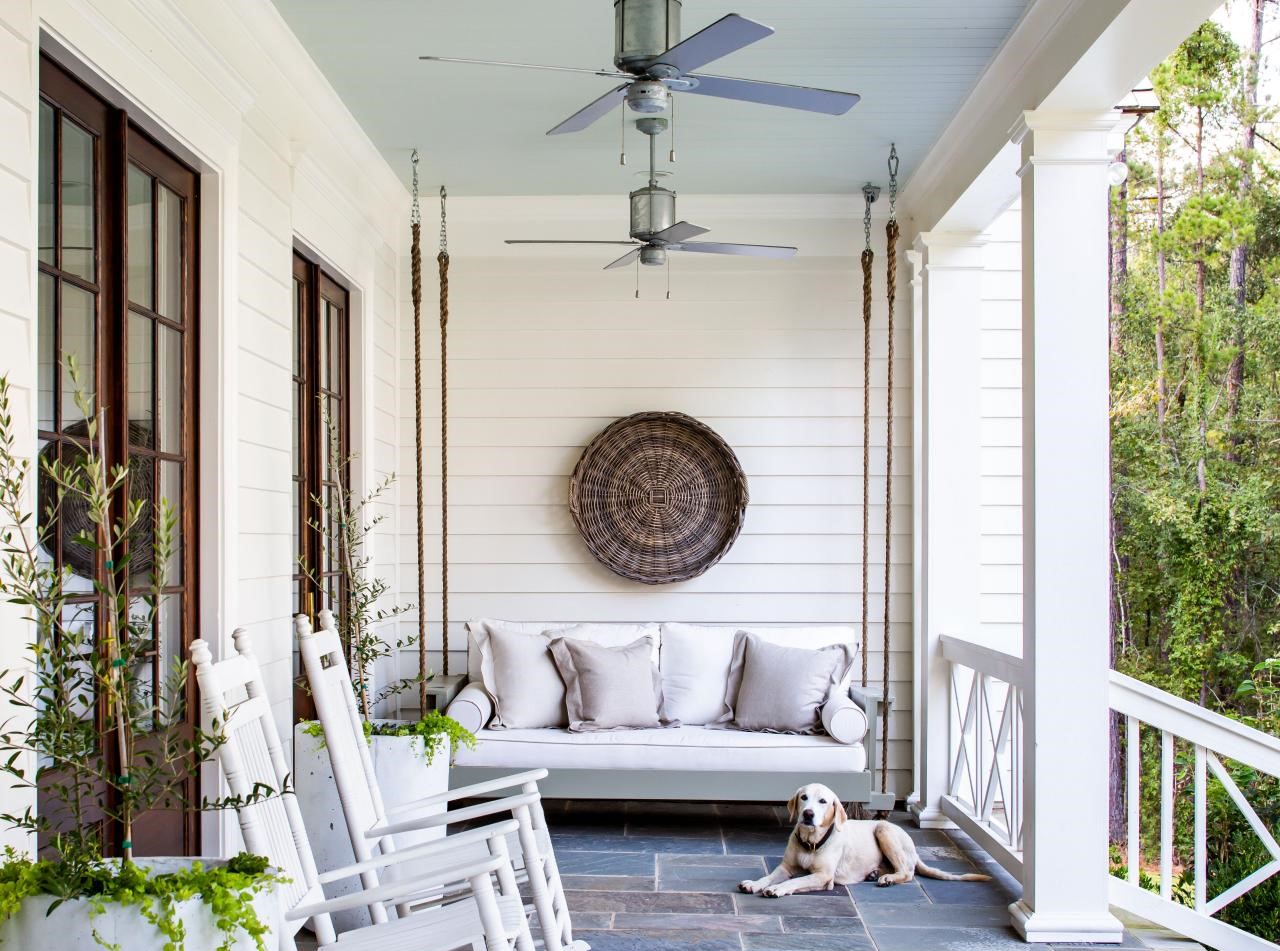
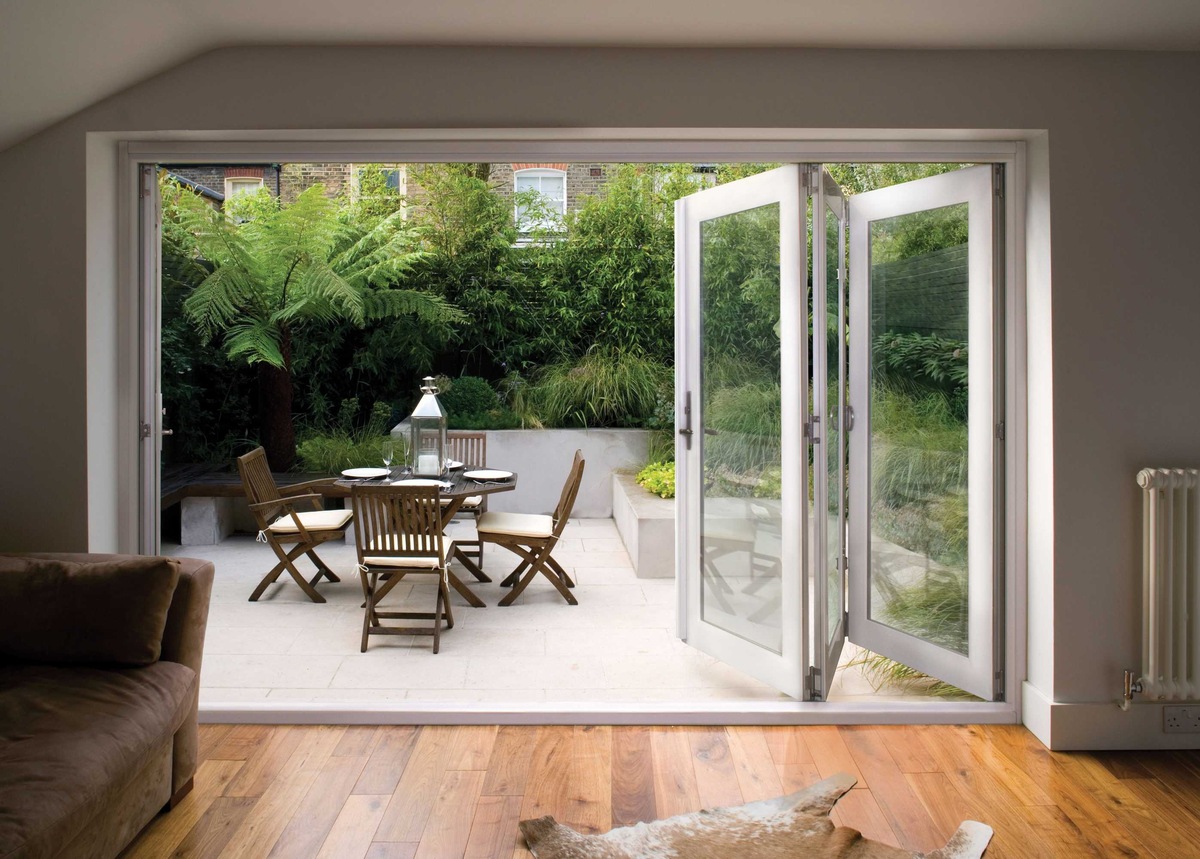
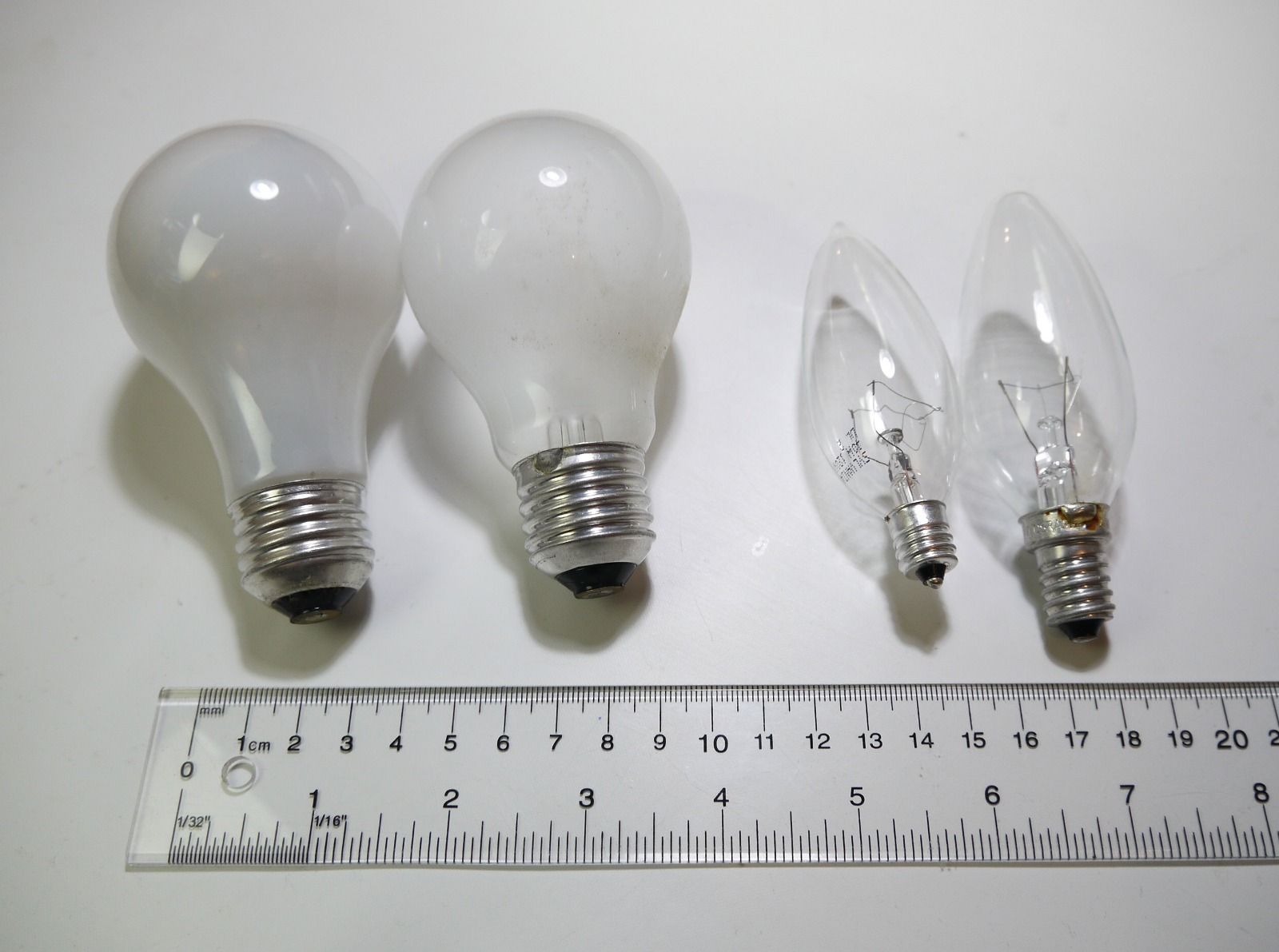

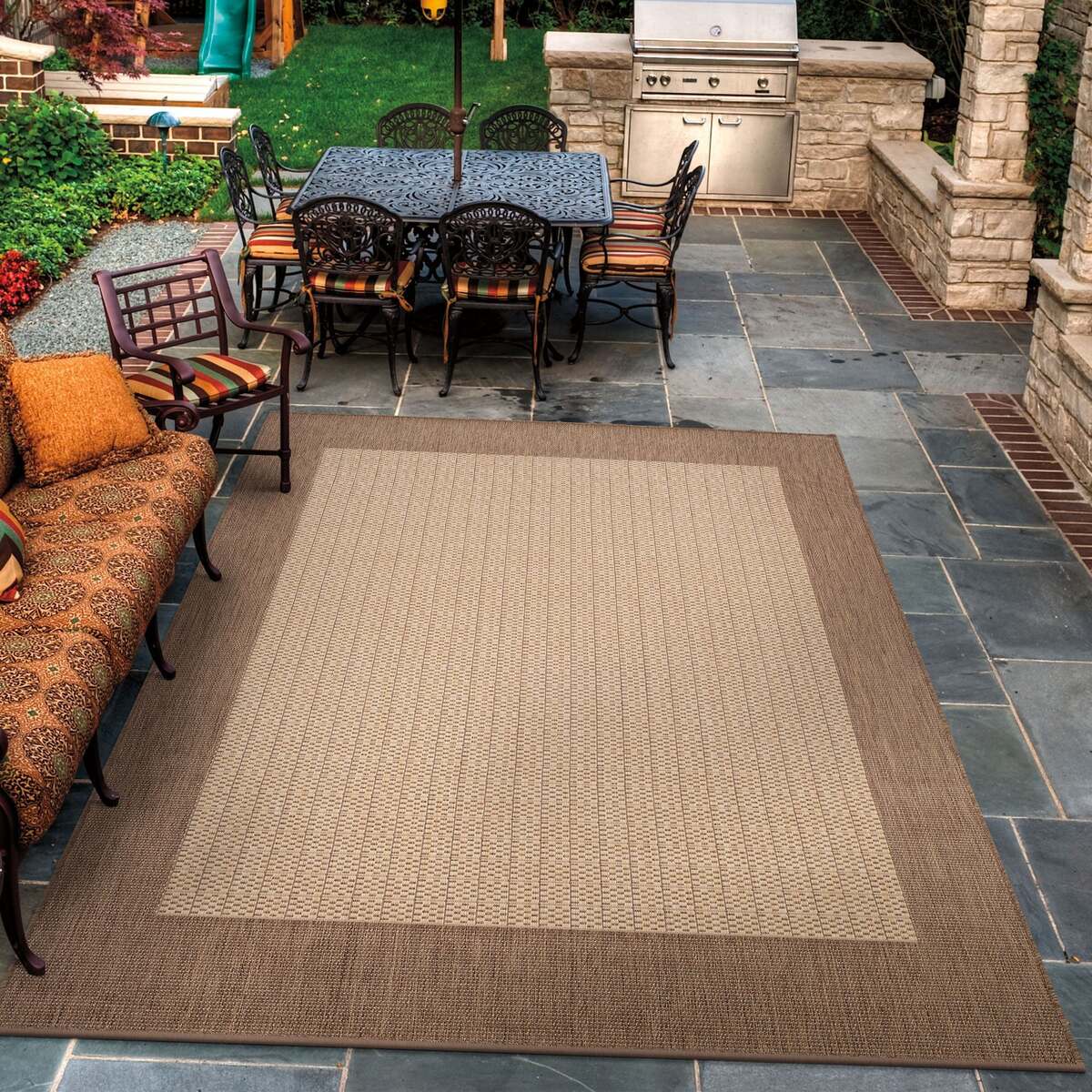
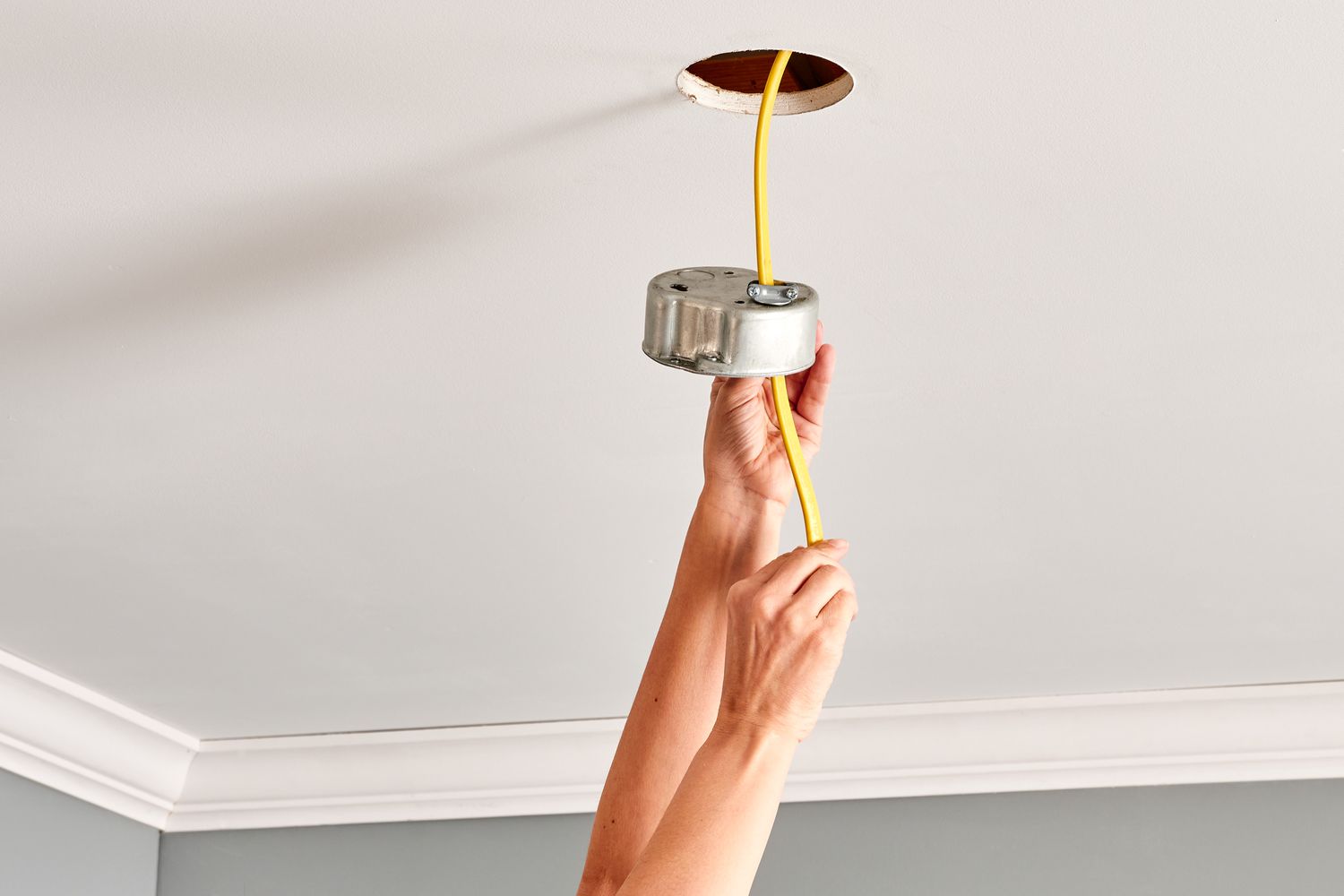
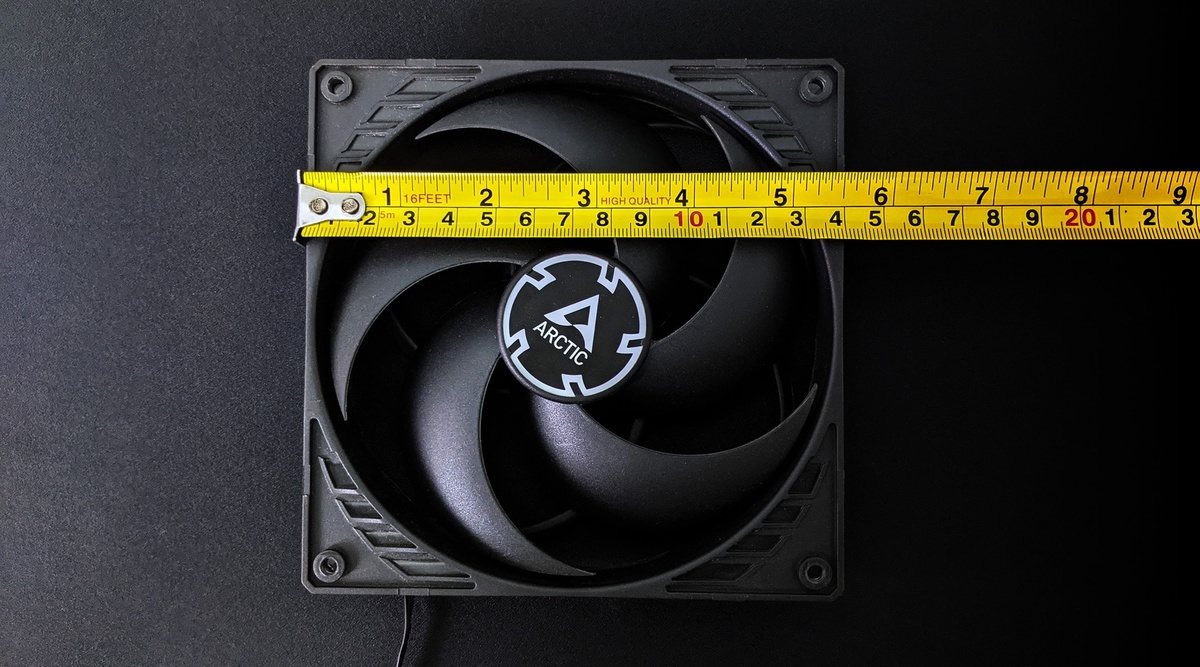
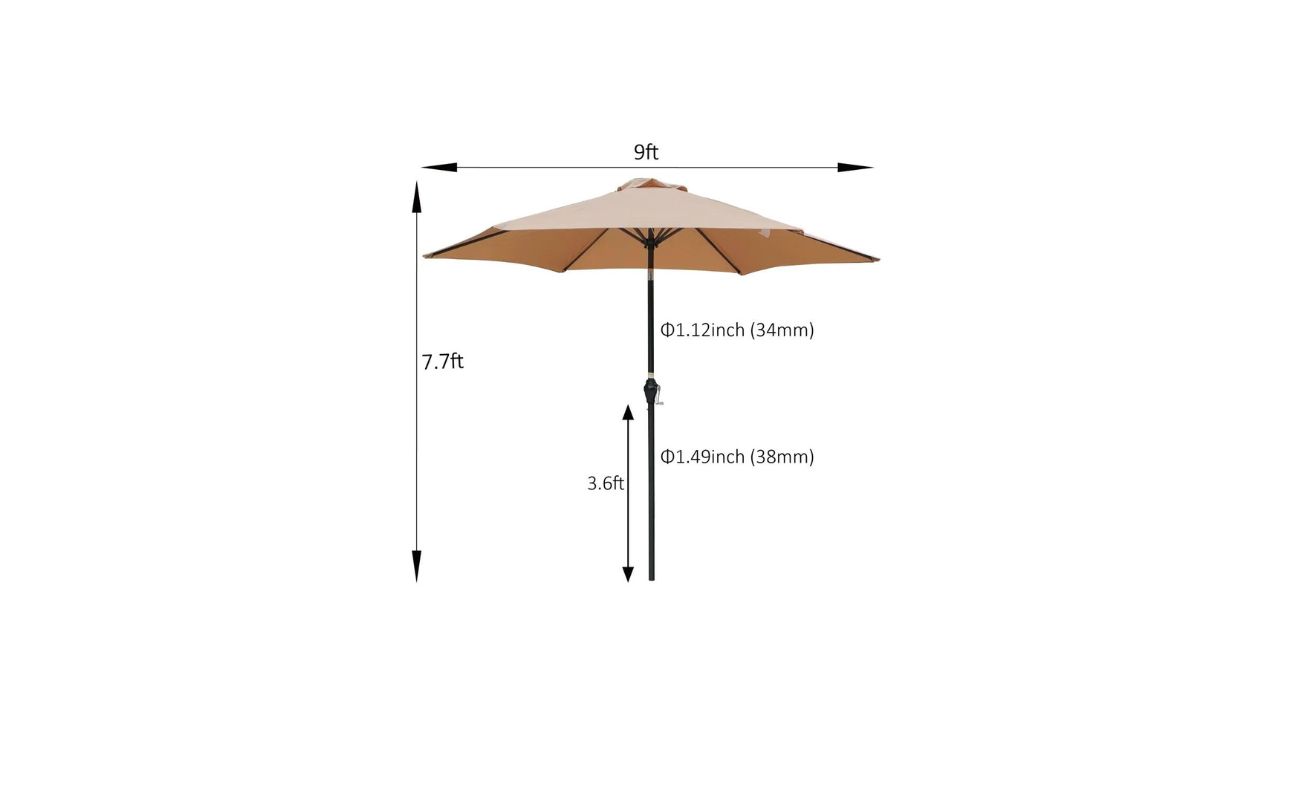
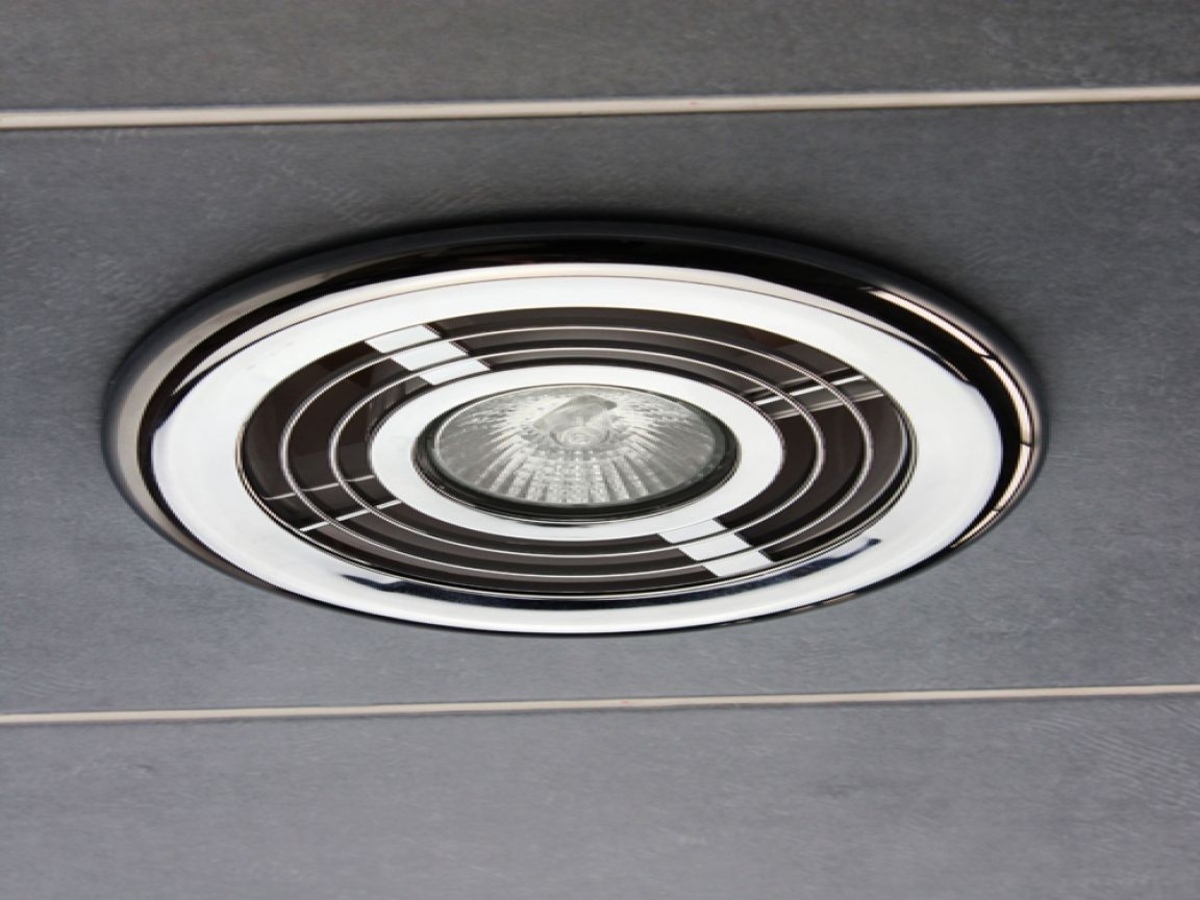
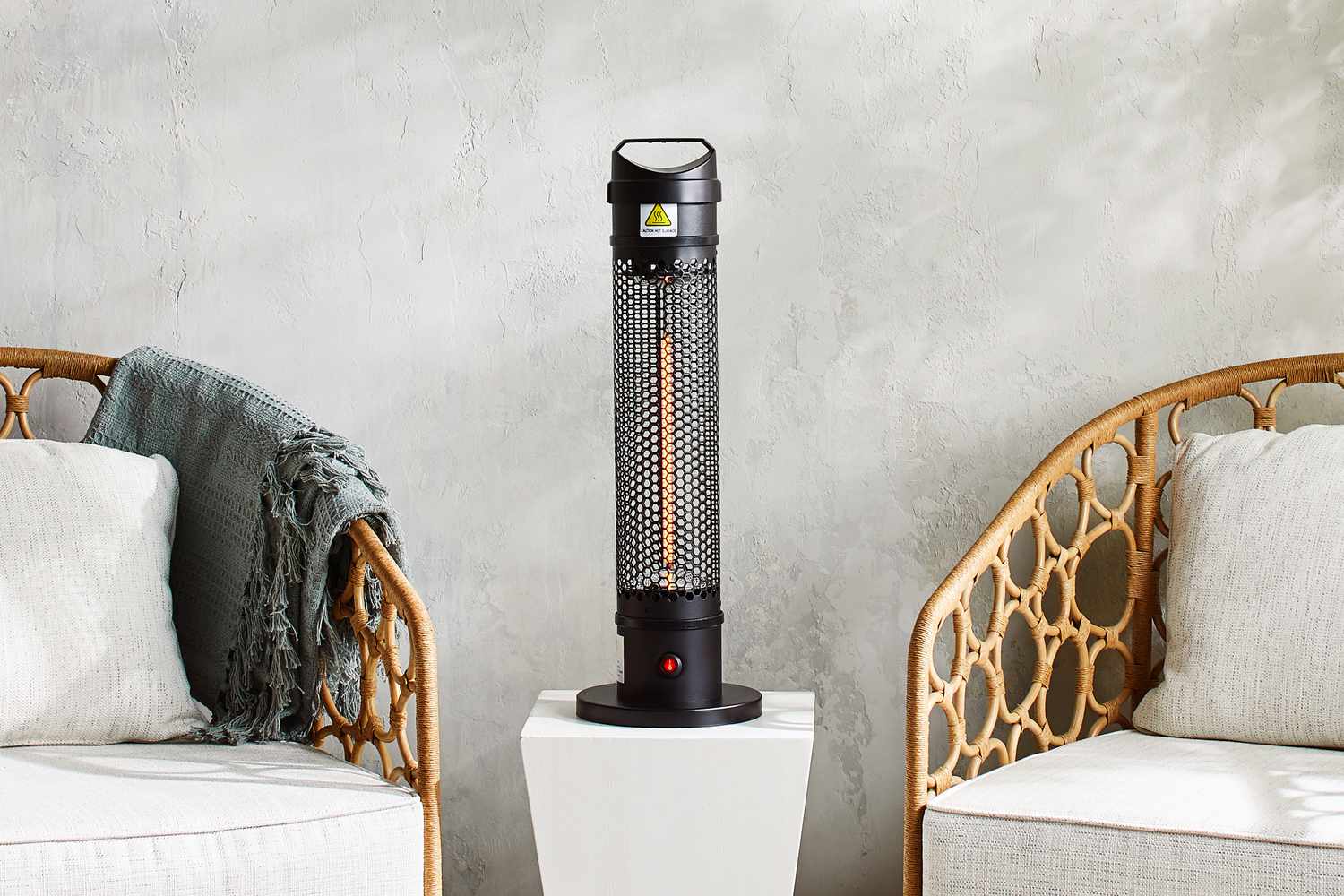
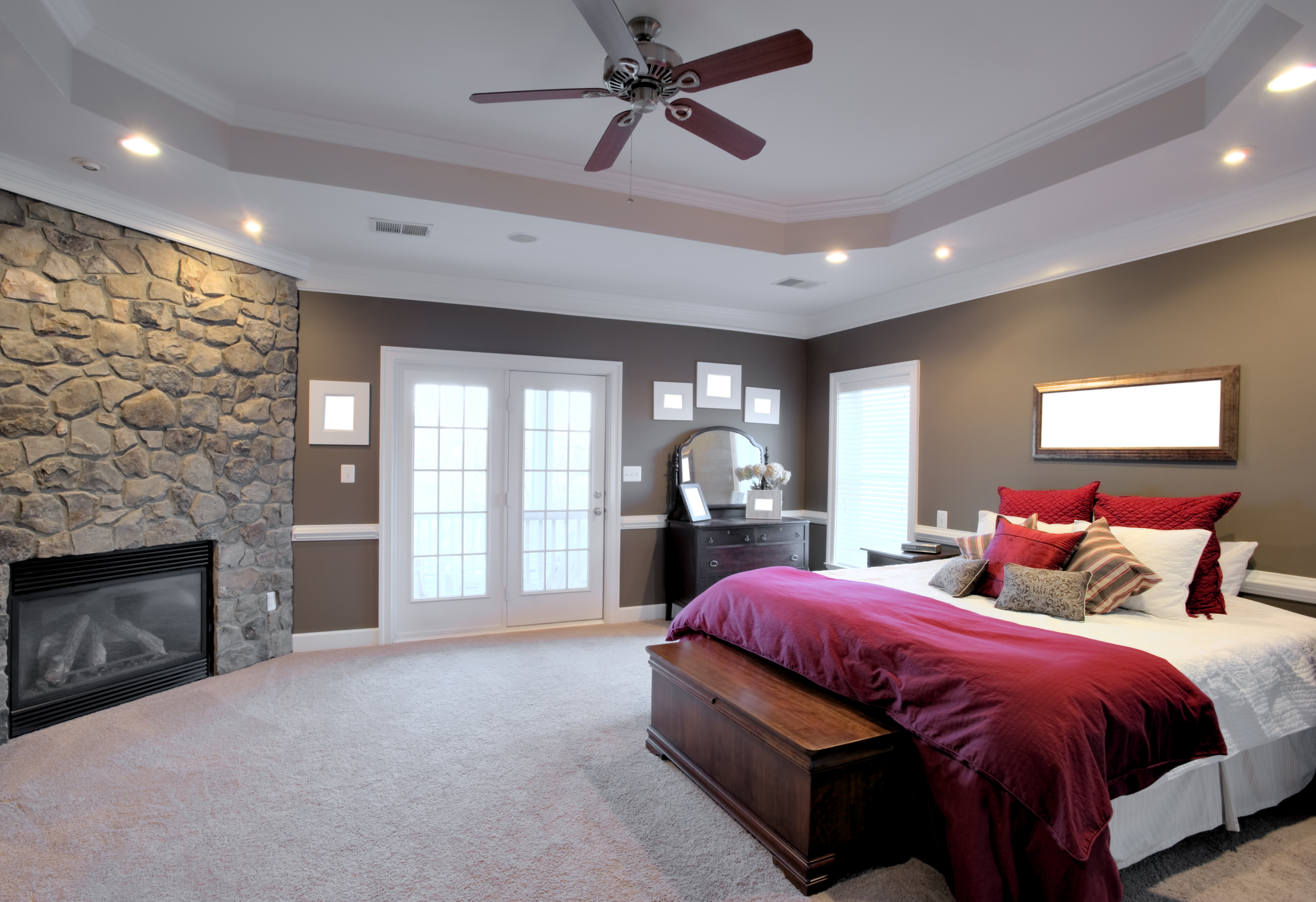




0 thoughts on “What Size Fan For Patio”